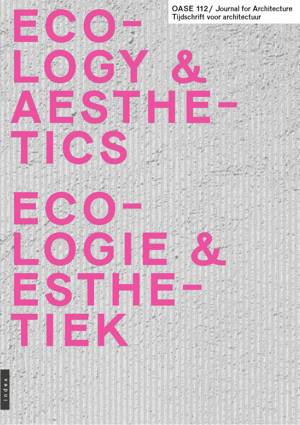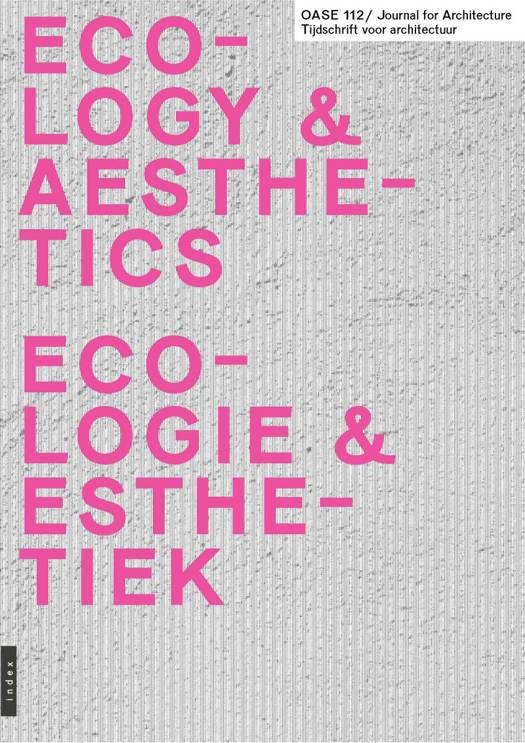
- Afhalen na 1 uur in een winkel met voorraad
- Gratis thuislevering in België vanaf € 30
- Ruim aanbod met 7 miljoen producten
- Afhalen na 1 uur in een winkel met voorraad
- Gratis thuislevering in België vanaf € 30
- Ruim aanbod met 7 miljoen producten
Zoeken
OASE 112 E-BOOK
Ecologie & Esthetiek / Ecological Aesthetics
Bart Decroos, Kornelia Dimitrova, Sereh Mandias, Elsbeth Ronner
€ 14,95
+ 14 punten
Omschrijving
In recent decades, the field of architecture has witnessed a fundamental shift under the banner of ‘ecology’: from the innovation in energy technologies to the use of circular materials and climate-neutral building solutions – today, more than ever, the construction of a building seems to be dominated by an ecological awareness. At the same time, such sustainable thinking often places ecological questions outside of the design itself, in the hands of experts and within the logic of quantitative calculation, while the building disappears into the ephemerality of life cycles and network models.
By focusing on the intersection between ecology and aesthetics in architecture, however, this issue of OASE situates the thinking about such issues at the heart of the discipline. It asks: how do ecological questions materialise in architecture? And what aesthetic practices are able to shape the perception of these ecological questions? Through a series of concrete projects, the contributions in this issue explore the field of tension between architectural aesthetics and issues of energy, technology and materiality. Ecological practices in architecture must not only be effective in providing solutions, but inevitably raise questions of beauty, affection and perception as well.
By focusing on the intersection between ecology and aesthetics in architecture, however, this issue of OASE situates the thinking about such issues at the heart of the discipline. It asks: how do ecological questions materialise in architecture? And what aesthetic practices are able to shape the perception of these ecological questions? Through a series of concrete projects, the contributions in this issue explore the field of tension between architectural aesthetics and issues of energy, technology and materiality. Ecological practices in architecture must not only be effective in providing solutions, but inevitably raise questions of beauty, affection and perception as well.
Specificaties
Betrokkenen
- Auteur(s):
- Uitgeverij:
Inhoud
- Aantal bladzijden:
- 128
- Taal:
- Meerdere talen
- Reeks:
Eigenschappen
- Productcode (EAN):
- 9789462086982
- Verschijningsdatum:
- 2/11/2022
- Uitvoering:
- E-book
- Beveiligd met:
- Digital watermarking
- Formaat:

Alleen bij Standaard Boekhandel
+ 14 punten op je klantenkaart van Standaard Boekhandel
Beoordelingen
We publiceren alleen reviews die voldoen aan de voorwaarden voor reviews. Bekijk onze voorwaarden voor reviews.











